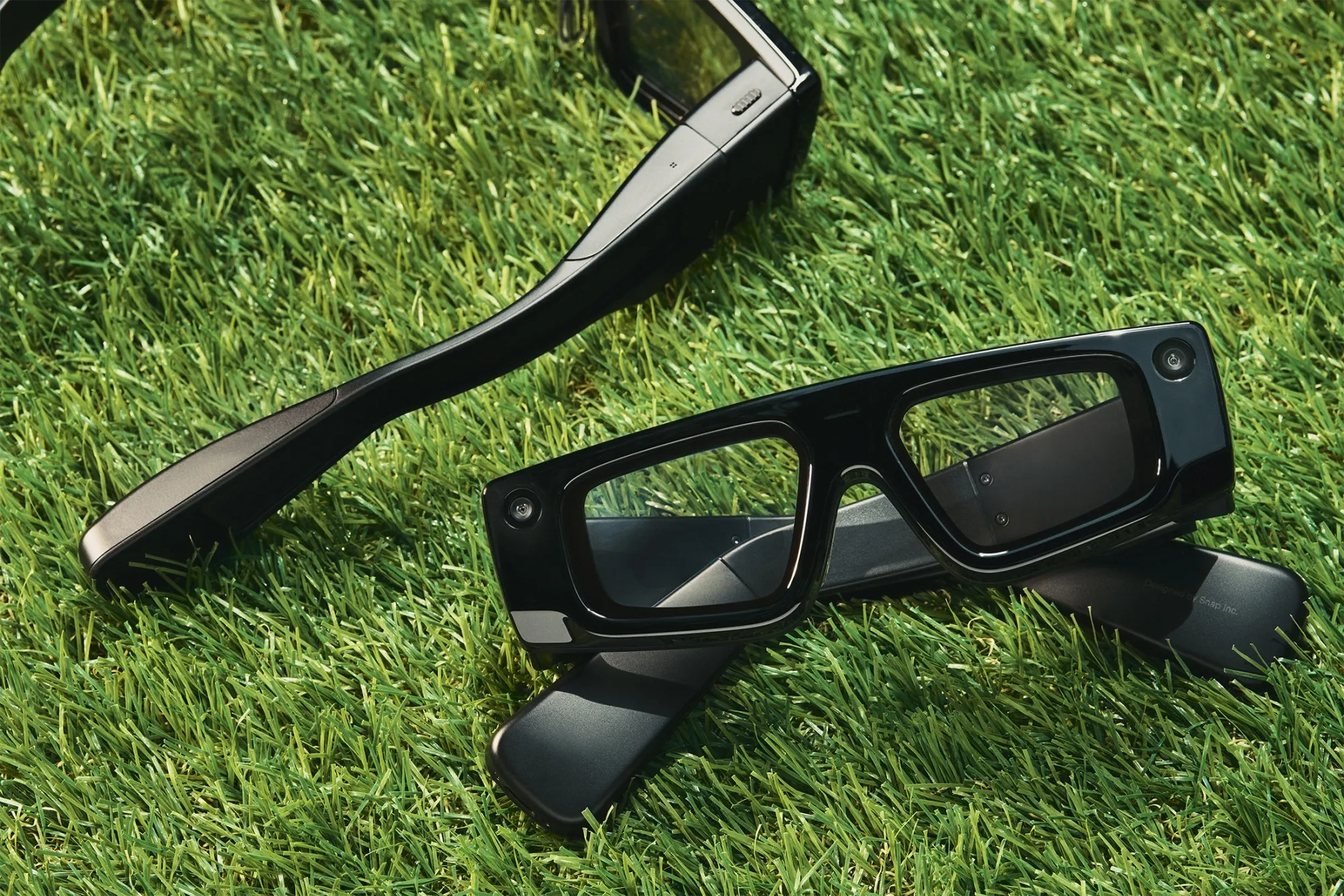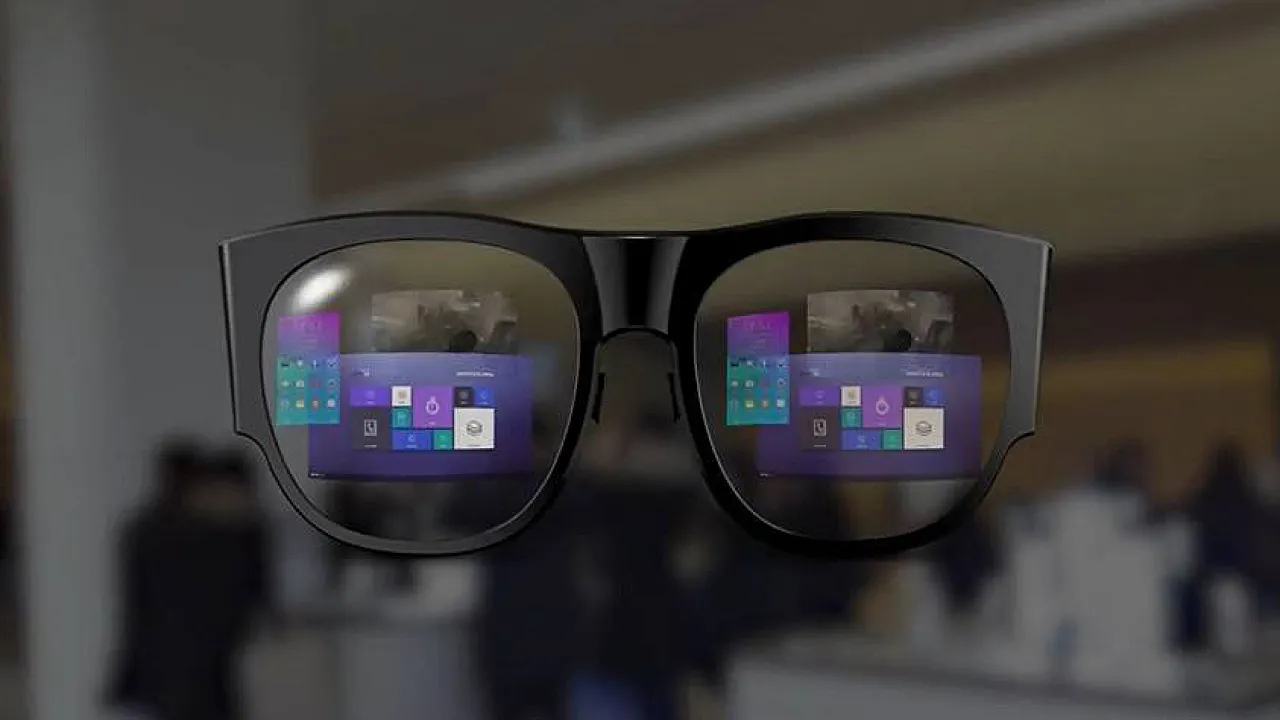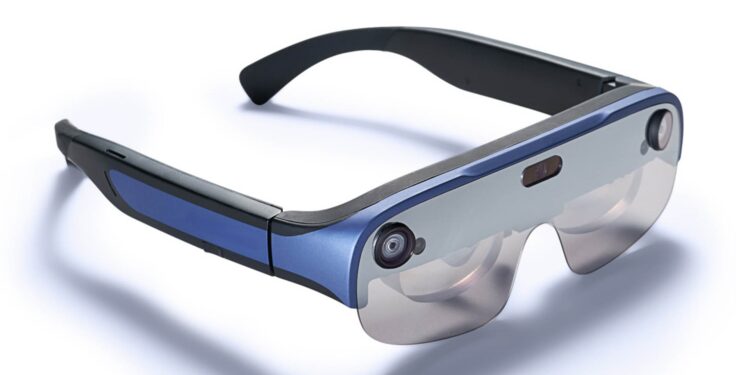Samsung is poised to make a significant leap into the augmented reality market with its highly anticipated AR glasses, slated for release in the third quarter of 2025. According to the latest insights from a leading Chinese research firm, these cutting-edge glasses will feature a Qualcomm chipset and boast an impressively light weight of just 50 grams. This development marks a crucial step in Samsung’s strategic expansion in wearable technology, aligning them with other tech giants like Apple.

The Heart of Innovation: Qualcomm and Lightweight Design
The unnamed AR glasses from Samsung are expected to be powered by Qualcomm’s Snapdragon AR1 chipset, indicating a focus on high performance and energy efficiency. This choice of processor is particularly notable as it underscores the device’s potential for robust augmented reality applications without the bulk typically associated with such technology.
One of the most striking features of Samsung’s upcoming AR glasses is their weight, or lack thereof. At just 50 grams, these glasses will set a new standard for lightweight wearable technology. This design philosophy suggests that Samsung is aiming for maximum comfort and prolonged wearability, which could be a significant selling point for consumers looking for an unobtrusive AR experience.

Connectivity and Compatibility: The Role of Smart Devices
Unlike traditional AR devices, Samsung’s AR glasses might lean on a tethered connection to unlock their full capabilities. This approach would likely involve pairing the glasses with a smartphone or another smart device to handle more computing-heavy tasks. This model of operation draws parallels to Apple’s rumored strategy for its own smart glasses, potentially setting the stage for a new trend in the AR market where the glasses act more as a display while leveraging the processing power of an accompanying device.

Advanced Optics and Market Strategy
Samsung’s new AR glasses are reported to include a high-quality camera, featuring a Sony IMX681 12MP sensor. This camera specification not only promises high-resolution imaging capabilities but also positions the glasses as a tool for both AR applications and conventional photo and video capture, adding to their versatility.
In terms of production and market expectations, Samsung is reportedly targeting an initial production run of 500,000 units. This figure mirrors the production scale for Apple’s Vision Pro, hinting at Samsung’s confidence in capturing a significant share of the AR market. While pricing details remain under wraps, competitive pricing could give Samsung an edge in a market that’s becoming increasingly crowded.

Looking Ahead: What’s in a Name?
As we look forward to the next few months, the tech community eagerly anticipates more details about these intriguing AR glasses, including their official name. This anticipation is not just about what the glasses will be called but also about how they will fit into our daily lives, reshaping our interaction with technology.
Samsung’s foray into the augmented reality space with its lightweight, Qualcomm-powered glasses represents a significant shift in wearable technology. As we approach the projected launch in 2025, the potential impact on both consumer electronics and the broader tech ecosystem remains a compelling narrative to watch.










